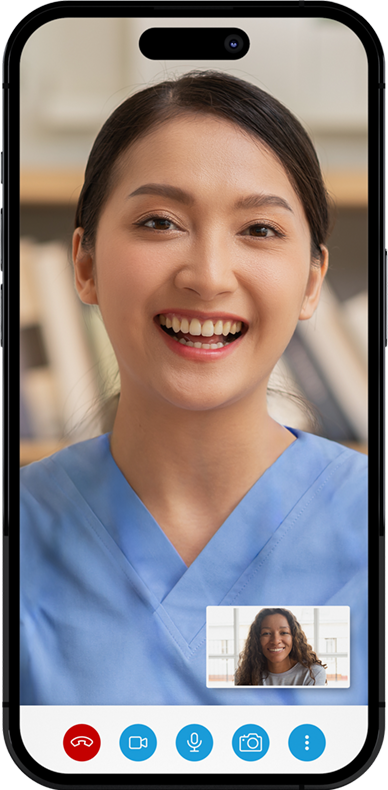Virtual-First Dental Care
When it comes to dentistry you automatically think, open wide. Well, we’re blowing that whole thought process wide open. You deserve convenience, efficacy, and an overall outstanding experience. That’s exactly what Dentistry.One virtual-first dental care delivers.
Talk to a Dentist NowVirtual-First Dental Care
When it comes to dentistry you automatically think, open wide. Well, we’re blowing that whole thought process wide open. You deserve convenience, efficacy, and an overall outstanding experience. That’s exactly what Dentistry.One virtual-first dental care delivers.
Talk to a Dentist Now
